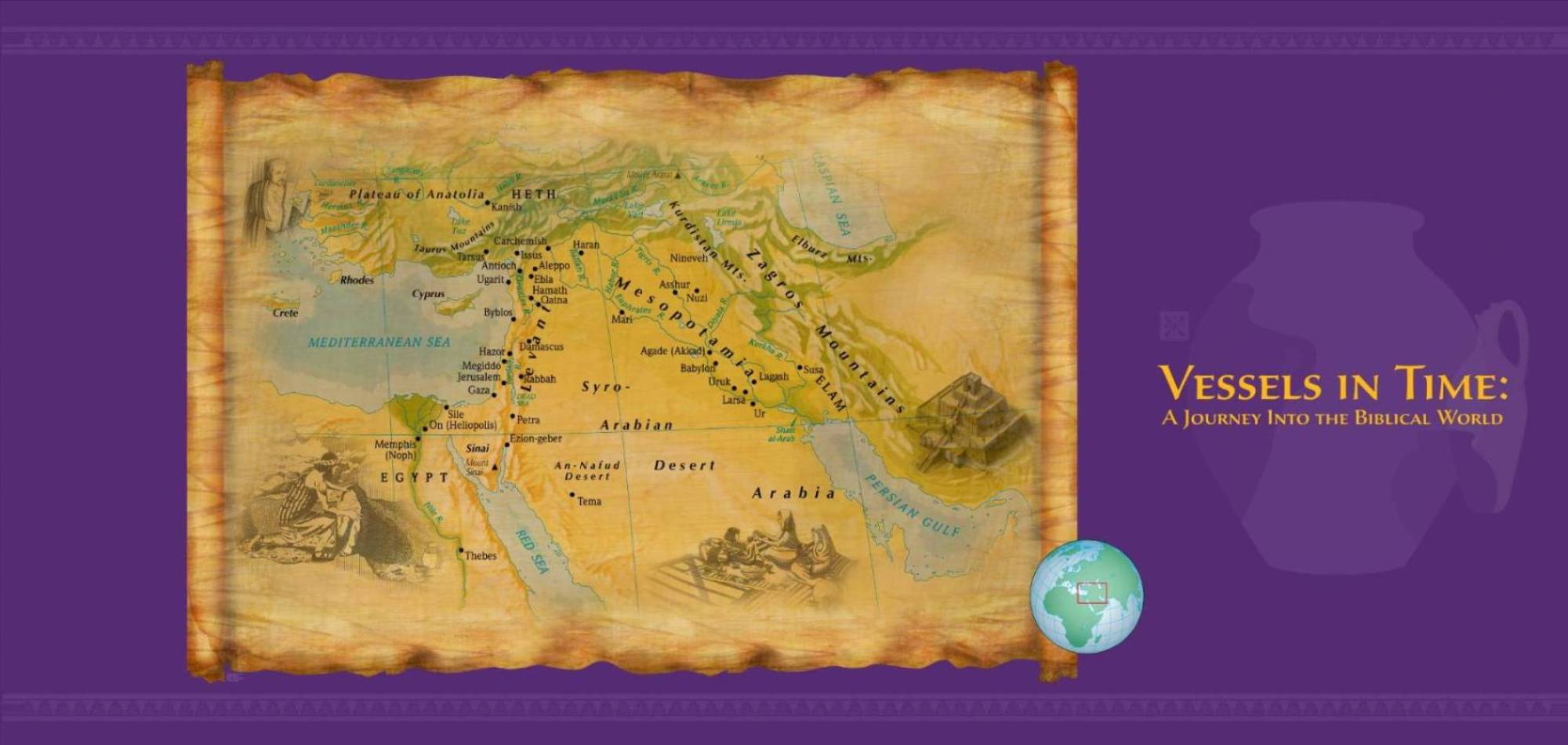
Fortifying the Monarchy
Iron Age IIA (1000 - 900 B.C.)
Solomon's building achievements reached beyond Jerusalem throughout Israel. Three other cities were refortified under his reign, and archaeologists have found the foundations of these gates at Hazor, Megiddo, and Gezer. The type of architecture reflects Phoenician influence as found in the biblical description.
The typical six-chambered gates of the 10th century were one of the most secure of
the ancient world. Consisting of two towers and four pairs of opposing piers with
ends facing each other like the lines of two forks, defenders could position themselves
in the towers and in the rooms between the piers with a 6-to-1 firing ratio within
the gate tower. But the gate in ancient Israel served several functions beyond fortification.
The rooms at Gezer had benches along the walls where the elders of the city could
sit and talk and watch people pass by. This is also the place where legal transactions
took place, as described in the story recorded in Ruth 4:1-12, where Boaz goes to
the city gate of Bethlehem to gather 10 elders to witness their agreement. It was
also at the city gate that judgments were often made for the people by the king.